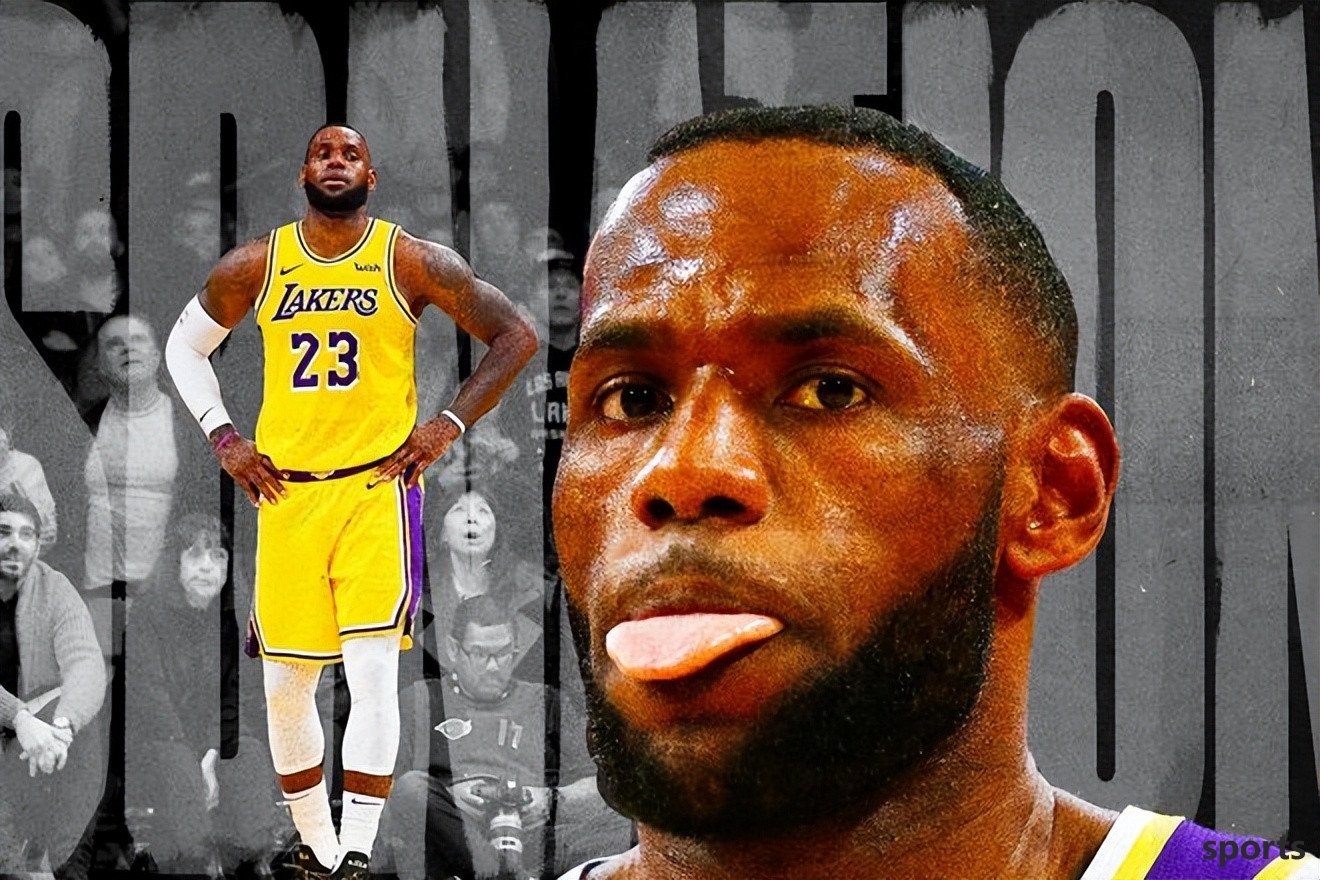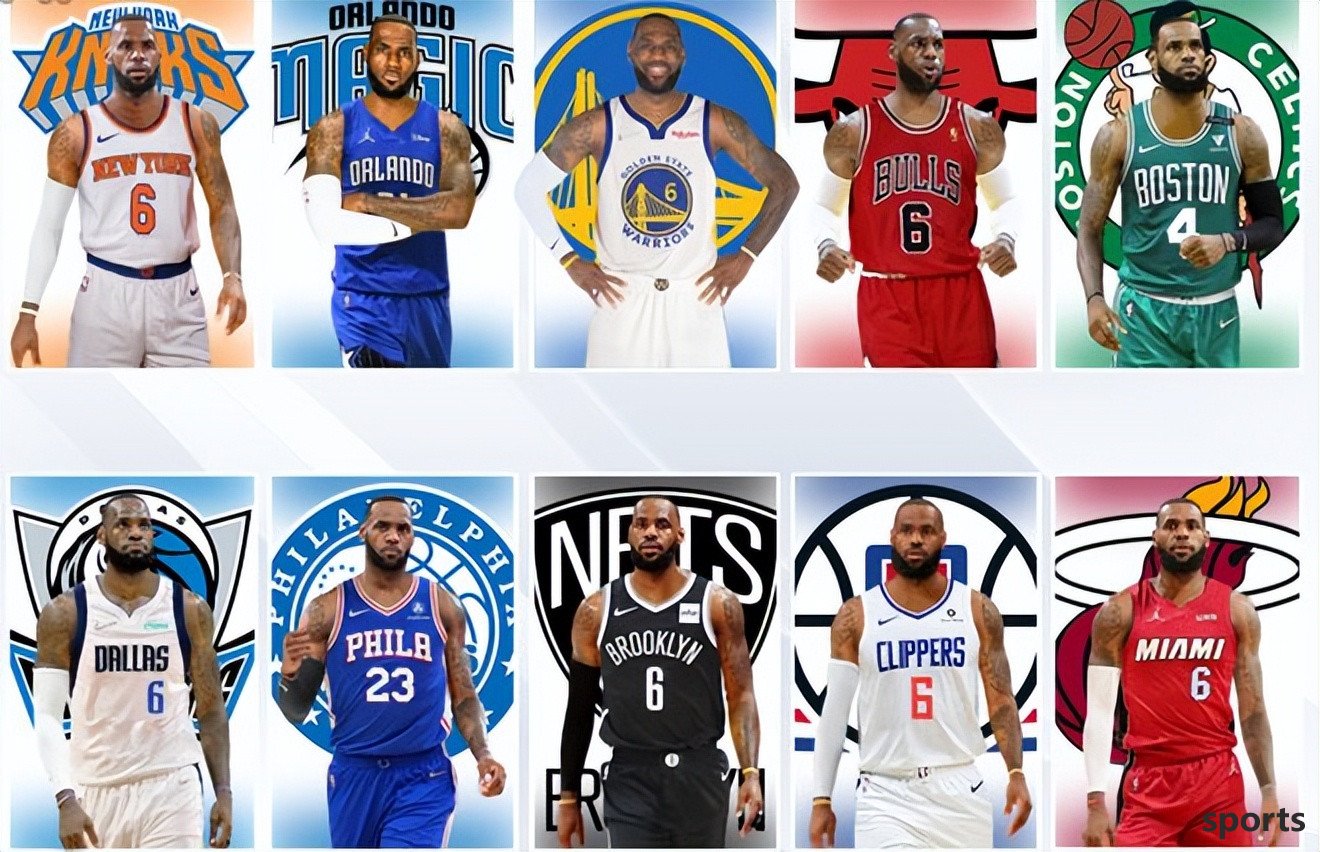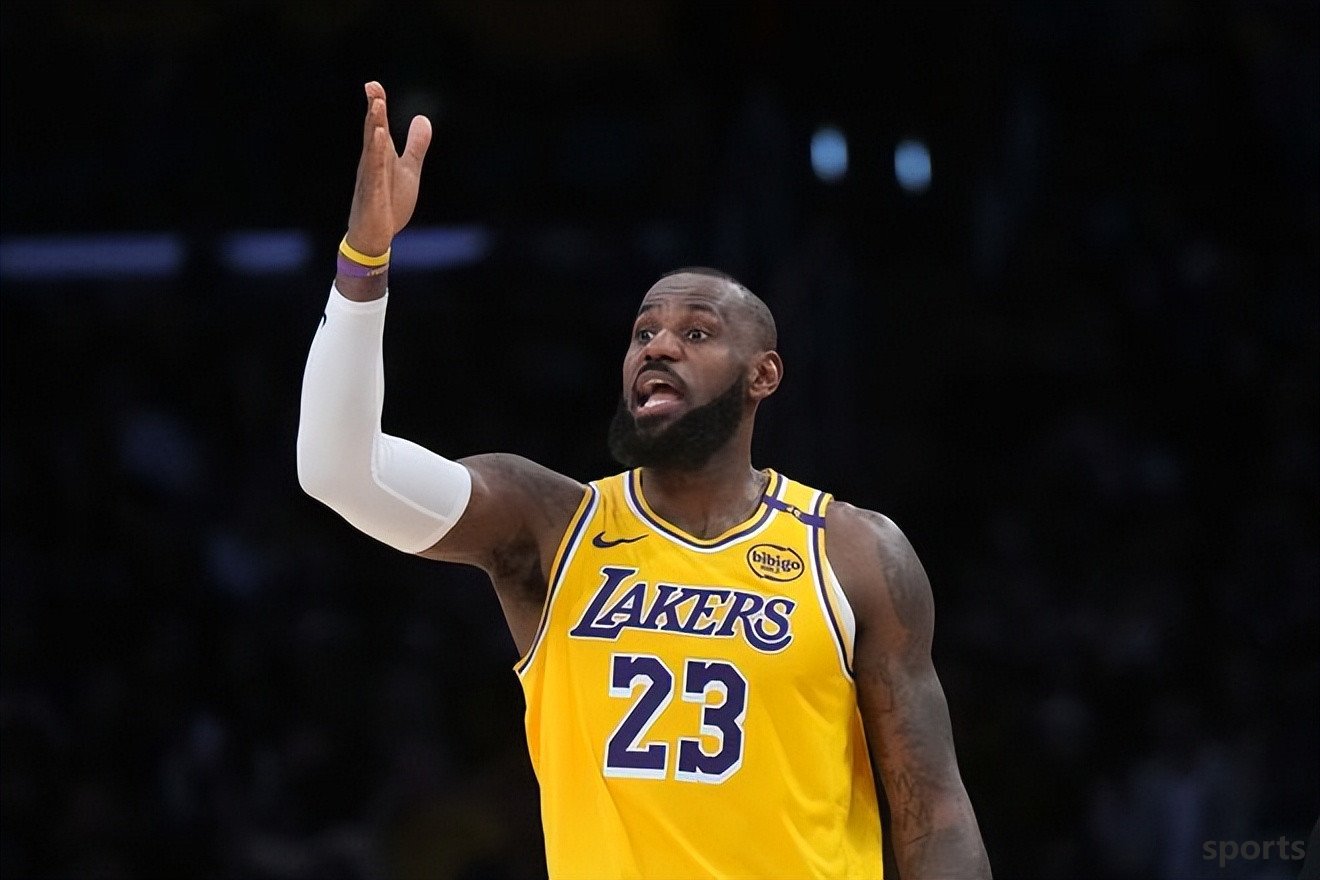In-depth analysis: Why is it difficult for James to consider changing teams? The NBA labor-management agreement kills transactions
10:37am, 5 July 2025Basketball
Once LeBron James becomes a tradable object, he usually causes a stir in the NBA. As we all know, in the first few years when he became a free agent in 2010, teams began to prepare for freeing up salary space. In 2014, after the Heat reached the Finals for four consecutive years, he became a free agent. In the first 11 days of July, almost all the league's affairs were stagnant. All teams traveled across the United States, first going to Cleveland and then to Las Vegas, just to win his joining. In 2018, when James became a free agent, the Nuggets were almost braved by the rain and stood outside his window to show goodwill.

Now, James' trading market is not active at all. On the one hand, it is related to his age at 41, and on the other hand, the new labor-management agreement is killing such potential transactions. How does the
Labor-capital agreement kill LeBron's potential deal? Before the
, the salary matching rules in the transaction are very simple. Although it will vary slightly depending on the situation, anyway, a team can absorb up to 125% of the salary given out, plus $100,000. So, let's see how this rule works in the James deal, which will be paid $52.6 million next season.
Cavaliers: Jarrett Allen ($20 million) and DeAndre Hunter ($23.3 million) combined are $43.3 million. Giving these two people out, they can absorb $54.1 million in salary, which means that James, who earns $52.6 million, is eligible.
Knicks: Mikal Bridges ($24.9 million) and Josh Hart ($19.5 million) combined are about $44.4 million, so they can bring in about $55.5 million in salary. Again, this is enough to accommodate James' salary.

Mavericks: The Dallas Mavericks cannot match the salary of the two players. However, the combination of three people, Klay Thompson ($16.6 million), P.J. Washington ($14.1 million) and Daniel Gafford ($14.4 million) can make them meet the salary matching requirements.
From a purely basketball perspective, these are reasonable trading basis. The trade with the Cavaliers will bring a high-level center and wing player to the Lakers. The deal with the Knicks will bring them two wingers to replace James and Finney Smith. The trade with the Mavericks brings Doncic three character players he is very familiar with. However, under the new rules, these transactions are not legal.
Knicks and Mavericks are both limited to the second tyrant line by hard salary caps due to the use of the Mini Middle Class Special. As of now, the Mavericks only have about $1 million in space under the hard salary cap, and the Knicks have even less space. They can't do the same thing as before that they're sucking James while giving out far below their salary. The Knicks may need to add at least a decent salary, like Mitchell Robinson, to complete the deal. For the Mavericks, considering the integrity of the team's roster, it may be necessary to add two players: Najib Marshall, Christie and Kaleb Martin. Oh, and something worse? The Lakers are also restricted to the first tycoon line by the hard salary cap because they use the full middle class exception. The deal with the Knicks or the Mavericks may even require the participation of the third team.
The Cavaliers are not currently restricted by hard salary caps, but combining salary in transactions will result in hard salary caps being set at the second rich line. This is a problem for them, because their current salary is already about $20 million higher than the second rich line. They have to lower their salary below the second tyrant line to make any deals involving James legal, because no player on their team can earn the same salary as James. In fact, this means that any deal involving James needs to include Garland, plus two of Allen, Hunter or Struth, so that the deal is legal.

A transaction that was legal and meaningful at the basketball level three years ago is suddenly illegal now. The salary requirements for the Cavaliers, Knicks and Mavericks make the transaction extremely expensive at the value level, so that even if James is excellent, trading him may be just unrealistic. So suddenly, most teams that James might be willing to play may be excluded, and without these teams eagerly fighting for him, James doesn't seem to have much to do with the Lakers enough to really start the trade negotiations. Is
transaction still possible?
Maybe it's possible, maybe not. Lakers reporter Dave reported that at least four teams have contacted Ritchie Paul for the possibility of a deal. We don't know who these teams are, nor whether James is interested, but if you look at the list of reasonable potential trading partners, many have some kind of salary-related barriers.
For example, the Warriors tried to get James on the 2024 trade deadline. To get him now, they have to include Butler in the salary they sent. When the Lakers are trying to make the team younger and more athletic, will they want to add an additional year to an older player? Probably not. Maybe we can find a third team, but the Heat have experienced firsthand how difficult it is to trade Butler earlier this year. The Clippers can keep James in Southern California, but they are currently limited to the first tyrant line by the hard salary cap because they signed Brooke Lopez with full middle class exceptions. They have nearly $13 million in space under the hard salary cap, so there is still some room for operation, but since Harden, Leonard and Zubac may not be included in the trade, the Clippers also have to stack the salaries of several role players to get James. If they were interested in doing this, why didn’t they re-sign Paul George last summer? The Clippers seem to be committed to creating a model of two stars and a deep lineup behind them. It's hard to imagine that they'll change their plans for James.
Obviously, there is a certain degree of interest in James in the trading market. There may be a team that wants to trade James, or a team that James is willing to play for, but it is almost inevitable that it will be difficult to find a team that belongs to these two circles at the same time. Teams that are good enough to help James reach the 2026 championship may have already paid quite high salaries, and these teams are subject to more restrictions than any other team when making practical trades. The exception may be those young teams that are rising, but these teams don’t want to make a significant investment in players of their age like James. For example, if the Spurs wanted to do this, they might have signed Kevin Durant long ago.
So far, there has been little substantial reports on James' attitude towards the Lakers' first round of offseason operation. However, given the mediocre performance of these operations, he may not feel better about the team now than he was a week ago. Meanwhile, the Lakers may have left him with less motivation than last month. Not only did the defending champion Thunder become the number one favorite in the Western Conference, but the Rockets and Nuggets also strengthened. Even if they retained last season's roster and added a center, the chances of the Lakers actually hitting the championship may be reduced in such a situation. For them, trading James makes sense

But so far there is no evidence that either party is actively promoting the transaction, although this may be because neither party has the will, but it may not be the case. More likely, both parties understand that under the actual situation of the current labor agreement, they may be tied together unless some obvious potential next home is willing to make a greater salary adjustment than before to get the 41-year-old superstar.
If James was very eager to win the championship, he would have chosen to jump out of the contract and accept a basic salary to join the team he liked. In that case, 30 teams in the league will be interested in him. Under the strict restrictions of the new labor-capital agreement, it is almost impossible for any team with a championship-competitive salary to absorb a salary of $52.6 million.
Related Posts
- How rich is Jordan? It was revealed that there was a bar and security team on the private plane. If he was late, he would be fired
- How outrageous is it to be reversed by 20 points twice at home? 20 points in the five-for-five matchup is really a waste
- Reversal of life! Thunder corrected the mistake and dug back the 31-year-old champion puzzle to win the championship, and the Lakers threw away the 3D ace in vain
- It is said that the Warriors boss called James!
- Unknown Crisis? Booker and the Sun’s Dilemma!
- Sun: Southgate will host BBC podcasts to talk to successful leaders and winners in various industries
- No wonder the Magic were so angry, because the Trail Blazers 16th pick in the first round originally belonged to them!
- Celtics set off for New York! Not giving up because of Tatum s serious injury, Brown speaks and leads the Celtics to make a comeback
- Five active stars far exceeding my father s NBA achievements
